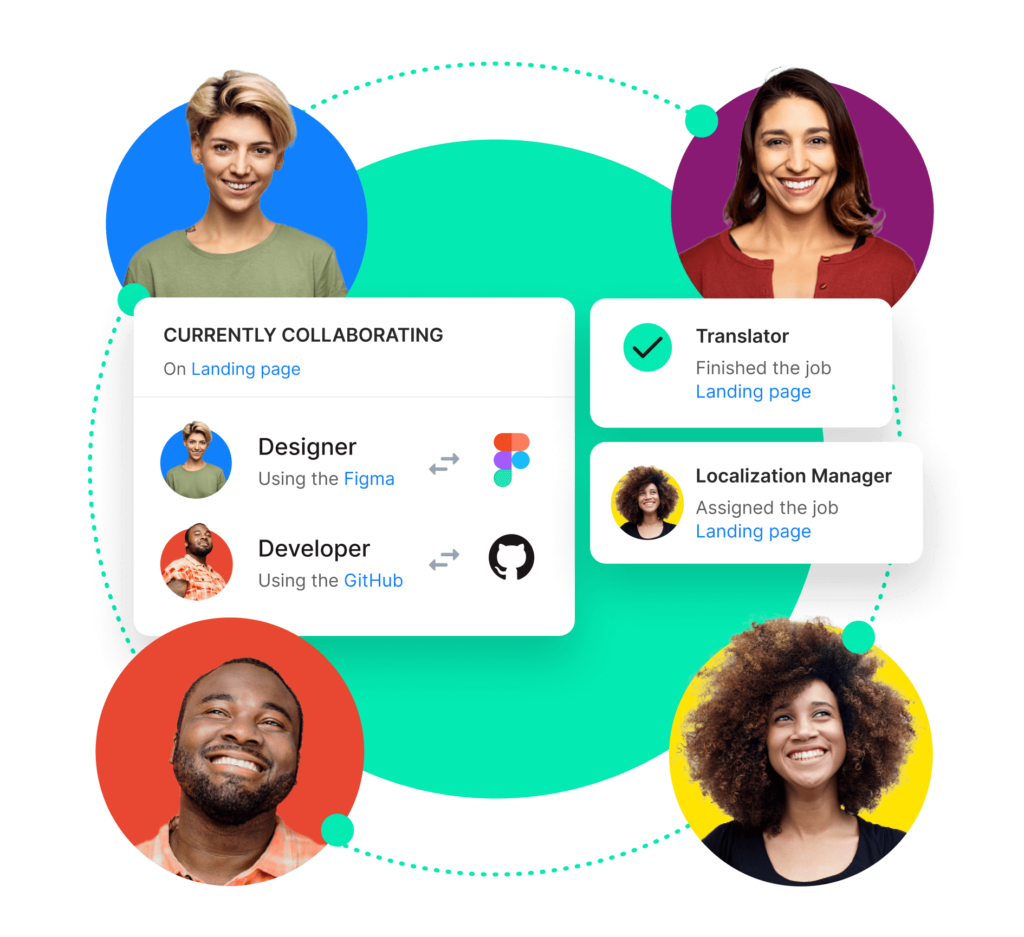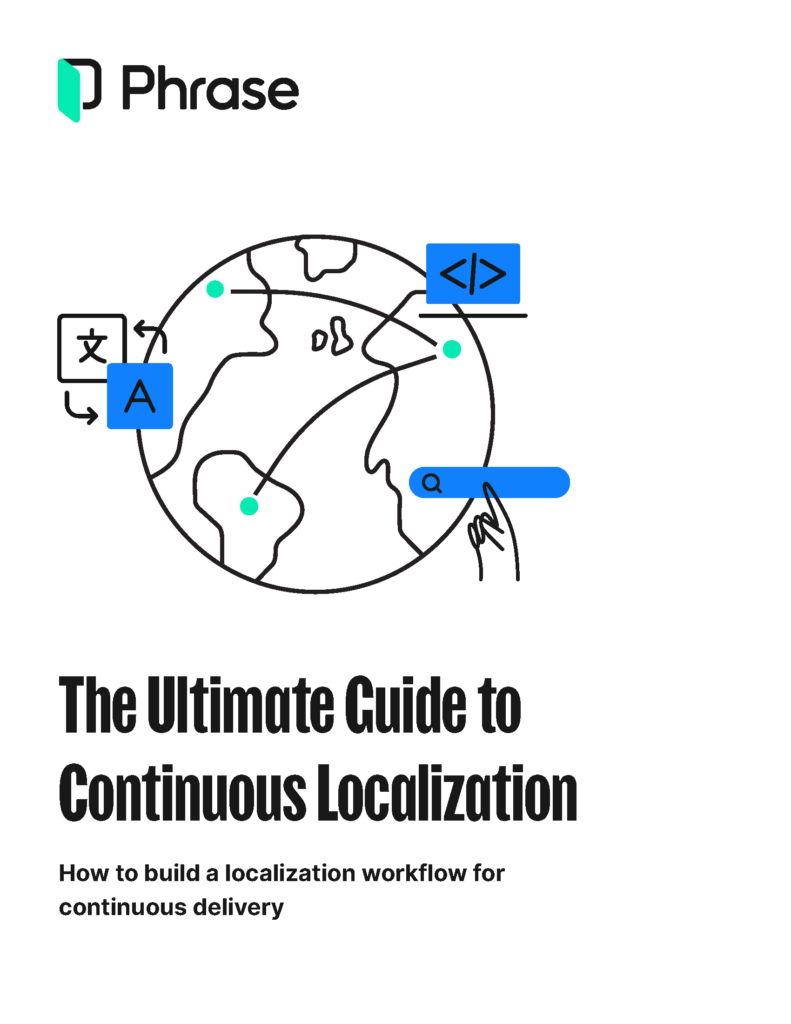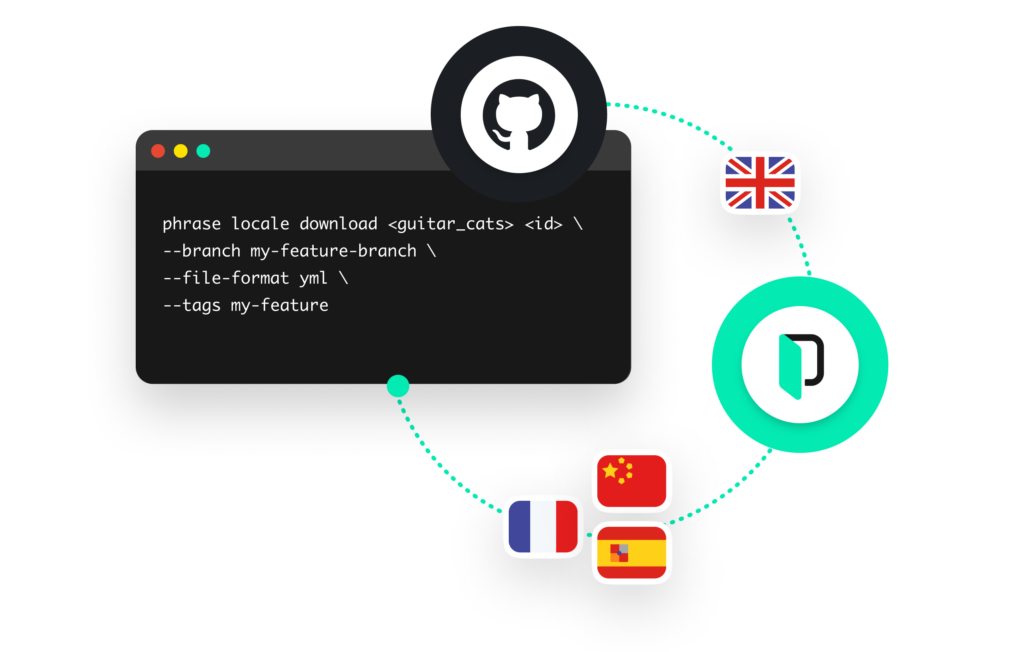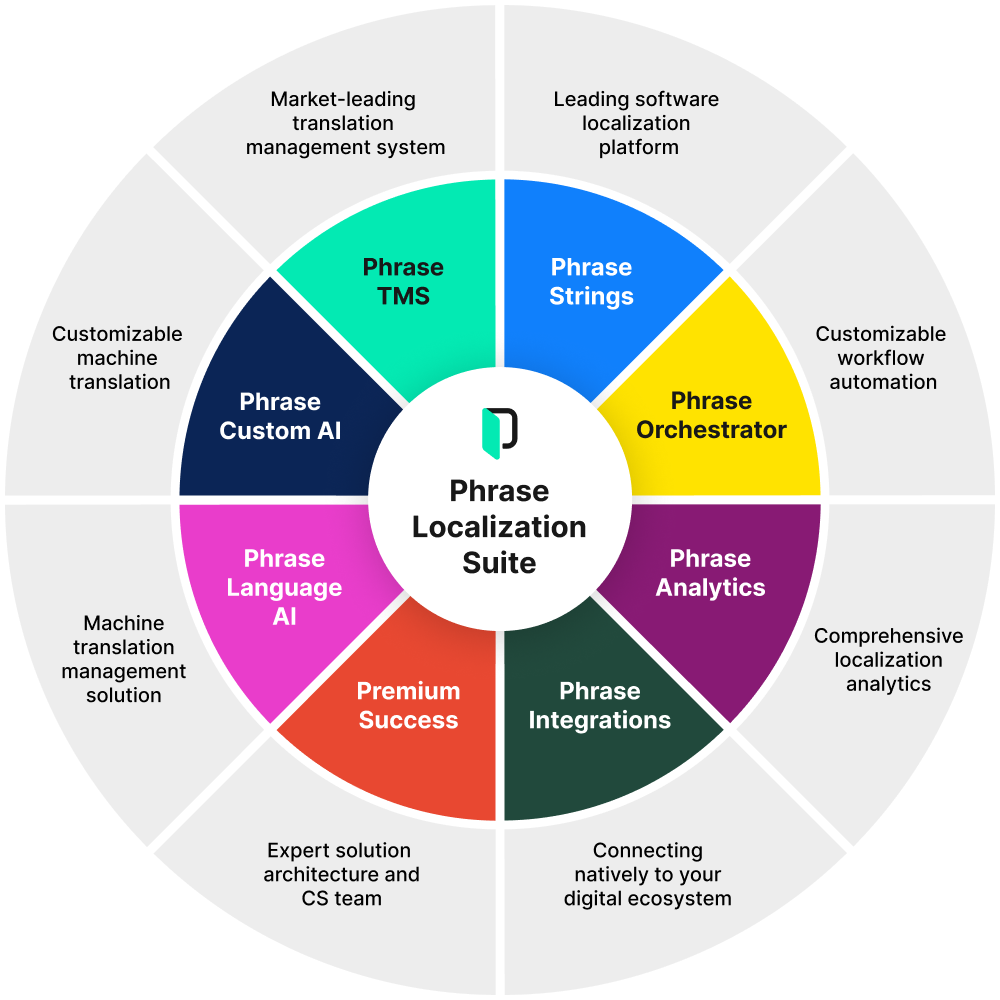As vehicles continue to evolve, becoming more intelligent and more efficient, automotive consumers worldwide expect their car software to provide the same level of convenience they enjoy from other smart devices. This growing demand for advanced technology emphasizes the role that software plays in the evolving automotive industry.
However, the traditional approach to automotive software development often struggles to keep pace with the rapidly increasing complexity of software required to meet the ever-changing needs of consumers in different target markets. Adapting everything, from user interface to feature availability to consumer preferences in each target market, has become more important than ever.
As the industry undergoes a digital transformation, IT leaders are increasingly looking to connect disjointed processes and tools needed for building, customizing, and deploying automotive software across cultures. Keep reading to learn how development teams can seamlessly integrate automotive localization into their agile development cycles and help in expanding the global footprint of the business.

Unlock global business with the Phrase Localization Platform
Expand into new markets with all the tools you need in one technology suite for high-quality, fast, and scalable localization.
Making the case for continuous localization in agile environments
For development teams dedicated to delivering multilingual software for global automotive companies, time is a critical factor. Repetitive or manual tasks, such as navigating through disconnected tools to fix errors or manually importing and exporting files, can significantly divert the team’s attention from more strategic endeavors.
However, there is a game-changing solution that can help developers regain their valuable time and resources: continuous localization. By extending the iterative nature of the agile methodology to localization, remarkable transformations can happen: Developers are freed from tedious localization tasks, staying focused on critical business processes that drive growth.

Free download
How to build a localization workflow for continuous delivery
Explore how to implement continuous localization into agile product development to optimize content quality, shorten the release cycle time, and reduce costs.
Why continuous localization often falls short
By considering the needs of all target markets right from the start of development and setting up a robust infrastructure for fast, uninterrupted localization, you can take advantage of working with a single codebase and efficiently deploy software versions tailored to specific markets.
Still, when development teams who aren’t used to working this way suddenly have to coordinate their efforts with a cross-functional localization team, the lack of established processes and tools can quickly become a barrier to unlocking the full potential of continuous localization.
Fragmented localization workflows
With source copy for localization usually coming from separate teams, fragmented localization workflows can cause inefficiency and cost overruns. When different teams handle development and localization separately, delays and rework can occur, especially when working at a large scale.
To enhance productivity, it’s highly beneficial to centralize localization efforts within a cross-functional program. This approach involves having a single team oversee all aspects of localization, ensuring synchronization across departments.
By adopting a one-team-one-tool approach, the localization workflow becomes streamlined, efficient, and future-proof. Duplicated efforts and tools are eliminated, paving the way for uninterrupted growth.
Inadequate localization technology
Inadequate localization technology is a major cause of delays and rework in the localization process. When teams use various disconnected tools, coordination and visibility suffer—resulting in content loss, bottlenecks, and undetected errors until it is too late.
The necessary rework not only strains the company’s resources but also extends the time to market, potentially impacting the overall profitability and competitiveness of the software product.
To avoid these issues, it’s crucial to have a dedicated localization technology solution that acts as the single source of truth for all multilingual product copy.

Free download
Say goodbye to spreadsheets
Learn how to automate localization workflows and streamline time-consuming and costly processes to release better multilingual content more quickly and efficiently.
The need for cloud technology in achieving continuous deployment for global software
To make the best decisions for your tech stack, it’s crucial to understand all needs both on the development and localization end of the process. This will allow you to evaluate how localization impacts your development processes and vice versa.
Choosing the right localization technology is as important as selecting the appropriate tools for your development team. With numerous localization platforms available, it’s essential to find one that aligns with your organization’s specific requirements.
Ultimately, the goal is to establish a streamlined and automated continuous localization process that runs alongside your software development cycles. By leveraging cloud technology, you can achieve this seamless integration and ensure efficient deployment across multiple languages.
From on-premise to cloud localization technology
In the past, development teams would often create their own localization solution on-site to meet their company’s specific needs. Nevertheless, the rise of cloud technology has brought about a revolution in that regard.
Cloud-based localization platforms offer similar benefits to on-premise solutions—only without the requirement for costly hardware or additional resources to maintain the solution on-site.
With end-to-end data encryption during transit and storage, companies now enjoy the same level of security for their localization data as they would with an on-premise solution, but without the complexities and expenses of managing their own infrastructure.
Considering the significant effort involved in building a custom solution from scratch, particularly when a business is constantly growing, and the fact that security concerns are no longer a valid reason to favor on-premise over cloud solutions, it has become easier than ever to have your localization workflow in the cloud.
In any case, a trusted localization technology provider prioritizes security in their product offerings, allowing you to focus on your work without interruptions and share data in a secure environment.
A secure localization solution always:
- Ensures the highest level of physical security for its servers
- Employs an information security management system (ISMS) to effectively manage and safeguard sensitive information
- Adheres to industry-standard security compliance regulations
- Holds an ISO 27001 certification, demonstrating its commitment to information security
- Provides security awareness training to its employees
- Conducts security audits to identify and address potential vulnerabilities
- Follows the principle of least privilege to limit data access to authorized individuals only
- Ensures that all data, both at rest and in transit, is securely encrypted to prevent unauthorized access
- Creates backups to ensure easy data recovery in the event of data loss
- Devises comprehensive disaster recovery plans as contingency measures to mitigate potential disruptions
Selecting the best localization software for your needs
While security is an essential concern when evaluating localization software, it’s essential not to overlook other key capabilities. Choosing a solution that enhances and streamlines your workflow allows developers to interact with it in familiar ways, instead of requiring them to adapt to it.
| 5 considerations for development teams when selecting a localization solution | |
| Centralization | Does the localization technology provider offer a centralized platform that lets you manage all your localization projects in one place? This platform should enable you to assign tasks, set deadlines, and track the status of each project effectively. |
| Scalability | Can the localization solution adapt to the growth of your company? It’s crucial to ensure that it can handle an increasing number of languages and file formats without sacrificing performance. For instance, it should be able to handle files seamlessly and generate localized versions regardless of the development tools you use. |
| Automation | What automation capabilities does the solution have? Look for features like webhooks, native integrations, and a strong API that streamline the localization process. For example, automatic file synchronization can reduce errors by providing translators with up-to-date source files. |
| Integration | Does the solution offer native integrations with other software vendors? Can you create custom integrations using its API? Consider if the solution’s CLI client is configurable enough to allow developers to issue localization requests directly from the command line. |
| Control | Does the solution provide comprehensive visibility into all aspects of the localization process? A reliable localization platform lets you assign specific roles to each team member and clearly shows their impact on the project. |
Automate, integrate, and collaborate in Phrase
Gone are the days of slow, manual, and costly localization processes. Continuous localization—a moving target by definition—is the new standard, and it’s changing the rules of the game. By incorporating the right localization solution into your tech stack, you can now deploy multilingual software for consumers in different target markets more efficiently than ever before.
The Phrase Localization Platform provides the flexibility, connectivity, control, and scalability you need to future-proof your localization workflow for continuous deployment across markets.

A fully integrated suite of translation automation technology, Phrase comes with various products and add-ons that meet the needs of agile development teams
- An enterprise-ready translation management system, Phrase TMS
- A highly integratable software localization platform, Phrase Strings
- Versatile add-ons to take your localization process to the next level
To top it all off, you can rely on 50+ native integrations to connect, automate, and streamline your workflows across the entire Phrase Localization Platform—from design to development, from automated project creation to version control systems, from programmatic API calls to on-the-fly requests on the command line. Your team can work with Phrase directly from your favorite tools.
Last but not least, with a Success Plan subscription, you can get access to dedicated solution architects and customer success managers who can help with custom configuration, personalized consulting, and extensive support for integrating the products of your choice into your existing tech stack or migrating from a different platform.
Speak with an expert
Want to learn how our solutions can help you unlock global opportunity? We’d be happy to show you around the Phrase Localization Platform and answer any questions you may have.




